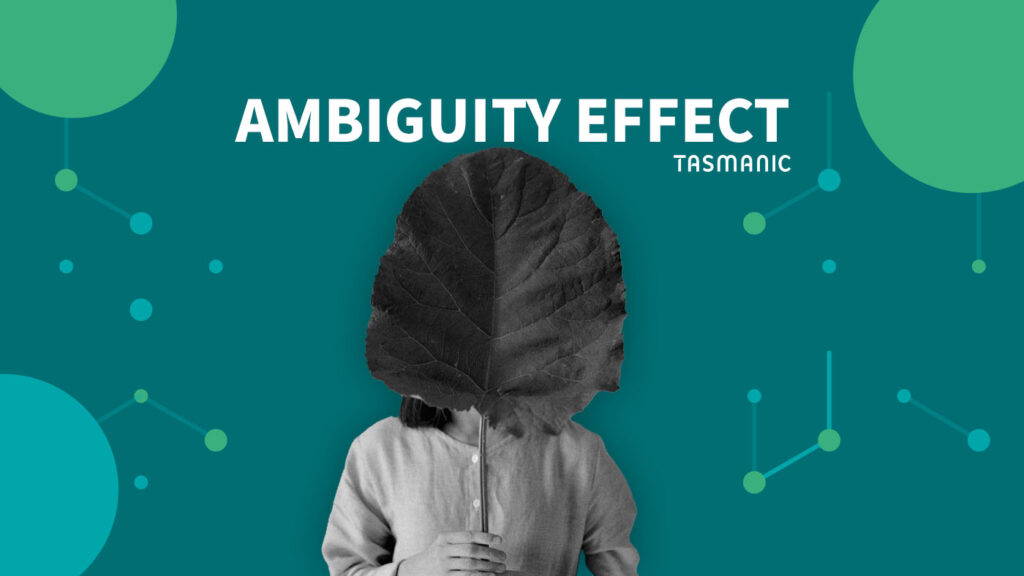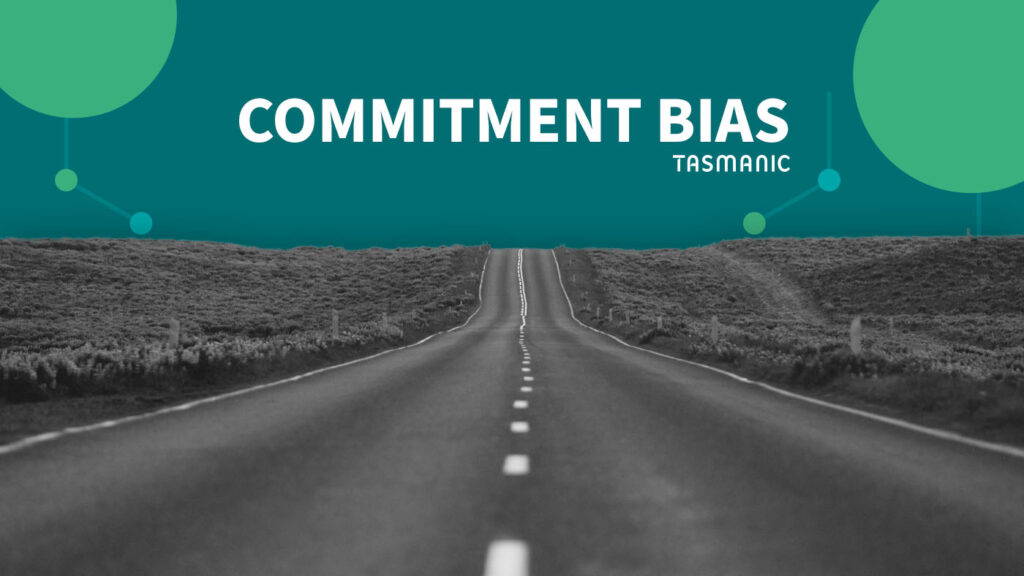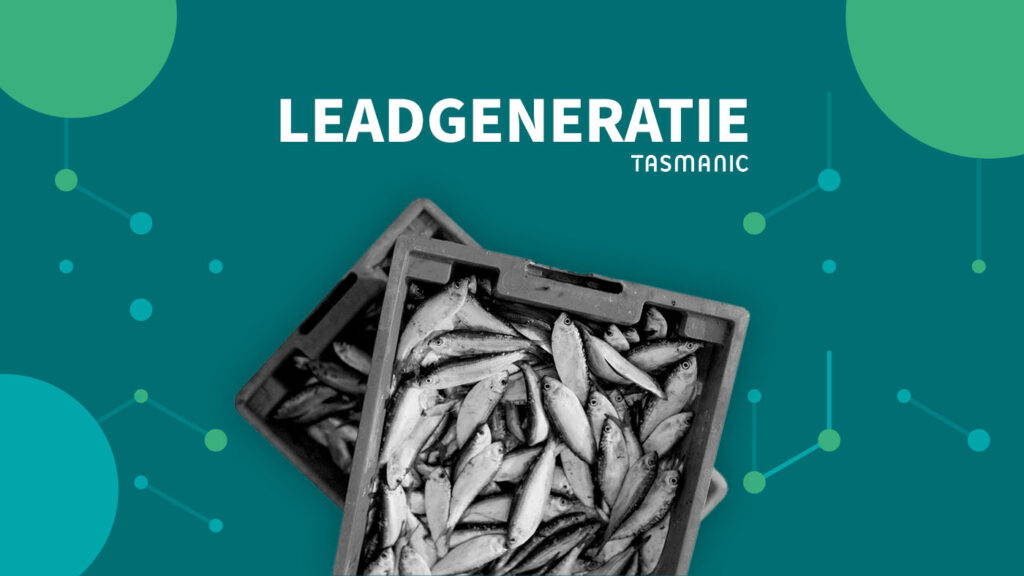
Last updated November 11, 2022
Introduction
In the b2b market, online findability is crucial. After all, in this market, companies orient themselves extensively online. By being well findable online during this orientation process, the chances of becoming a customer increase. By cleverly applying online lead generation, there is a lot to gain. This article describes what leads are, how lead generation works and what it takes to turn leads into good customers. Online lead generation is normally the responsibility of the marketing department, with sales being an important stakeholder because they follow up on the leads.
Why is online lead generation important?
Lead generation allows companies to reach potential customers in a systematic, ongoing and cost-effective way. Systematic, because the entire process is clear and structured. Permanent, because a well-designed lead generation process keeps generating new leads, as opposed to one-time promotional actions. Cost-effective, because lead generation can largely be automated. Allowing sales staff to spend time and energy only on leads that actually want to become customers.
Engaging a business customer during the very first contact is challenging. It usually takes more persuasion and longer contact to gain trust. Lead generation ensures to stay in contact, build trust and create a bond. This significantly increases the chances of a lead becoming a customer.
Who is lead generation of interest to?
Lead generation is basically interesting for any business. However, if a company has low order values and short customer relationships, the investment in lead generation is usually not justifiable. With b2b companies, this is usually different, which is why online lead generation is an excellent technique for them. After all, in b2b it is usually about more complex matters for which an entire decision process is involved. Both parties aim for a long-term relationship, think for example of service contracts.
What is lead generation?
In online marketing, lead generation is attracting visitors to one's website with the goal of converting them into leads that show actual interest in a product or service. That concrete interest is demonstrated, for example, by leaving an e-mail address, downloading a fact sheet/e-book or signing up for a newsletter or free trial.
After you get contact information, the key is to retain these leads and convince them step by step to make a purchase. By the way, it is also interesting to know why leads drop out. Below we briefly outline the steps involved in professional lead generation. Then we explain all the steps. We also mention some software tools that can help.
Online lead generation in steps
- Visitors to own website (unknown or mapped with software such as Leadinfo).
- Lead identification: visitor makes themselves known through a form on a landing page on the website or through social media.
- Lead qualification and lead scoring: determining what value a lead has, what stage they are in and what actions are applied to them.
- Lead nurturing: maintaining a lead so that it eventually becomes a sales qualified lead.
- Transfer of lead to sales.
What is a lead?
Lead - literally: trail - is an English marketing term for a potential customer. It is also referred to as a "prospect. Thus, a lead is someone who shows interest in entering into a partnership or purchasing products/services for his or her business. There are several types of leads. For example, some leads are looking to purchase a product or service immediately. Another type of lead "looks around" and only needs a certain product or service in the long(er) term. There are also leads that are still barely aware of the actual need, but the interest is already there. Based on this, leads can be classified to determine how much and what attention they need. This is called lead qualification and lead scoring. Basically, there are 2 main types of leads: MQL and SQL.
Marketing Qualified Lead (MQL).
MQL is a lead that shows interest in a product or service by, for example, subscribing to a newsletter, mailing or downloading information. For more information, see marketing qualified lead
Sales Qualified Lead (SQL)
SQL is a lead who is already further along in the process and ready to tie a knot. A SQL can be transferred to the sales department. For more information, see sales qualified lead
Leads in b2b
Whereas a consumer can make a purchase quickly, a B2B customer often needs more contact moments to be convinced. There is also the well-known DMU, the decision making unit, a group of people who help decide on a purchase. Think of a buyer, technical specialist, head of a department, a financial manager, etc. Often there is 1 person who ties the knot, but based on what the DMU brings to the table. It is also usually the case that there is direct contact with only one of the members of the DMU. This naturally limits one's own influence. All in all, a professional approach to lead generation as well as follow-up is crucial.
Lead Qualification. How do you qualify a lead?
Within lead generation, good lead qualification is important, both for marketing and sales.
Customer journey and the funnel
The entire customer journey from lead to customer is called customer journey. This includes all the actions to make and keep a lead a customer, and everything a lead experiences or needs to do during that process. The moments of contact are called touchpoints. It is important to identify all possible contact moments and the channels used, and to coordinate the actions involved. Of course, the customer journey does not end with the first purchase; after that, the customer journey continues as well.
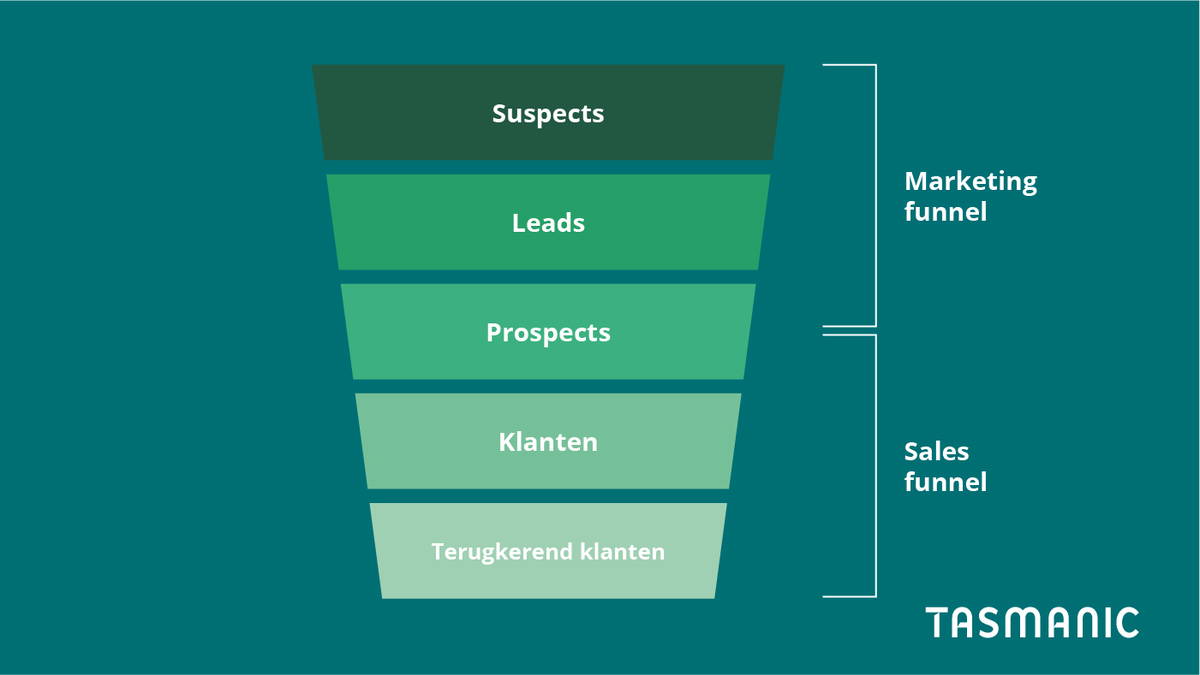
A lead may be at the beginning of the orientation process, considering a purchase or already actively looking for a provider. This is called the funnel within online marketing. Within the funnel, a lead's actions will differ. For example, a lead who is still orienting will download a white paper to know what to look for. A lead who is further down the funnel and is already seriously considering the purchase will sign up for a no-obligation product demo, for example. A funnel looks nice and logical but in practice a buying process almost never goes linear according to the above stages.
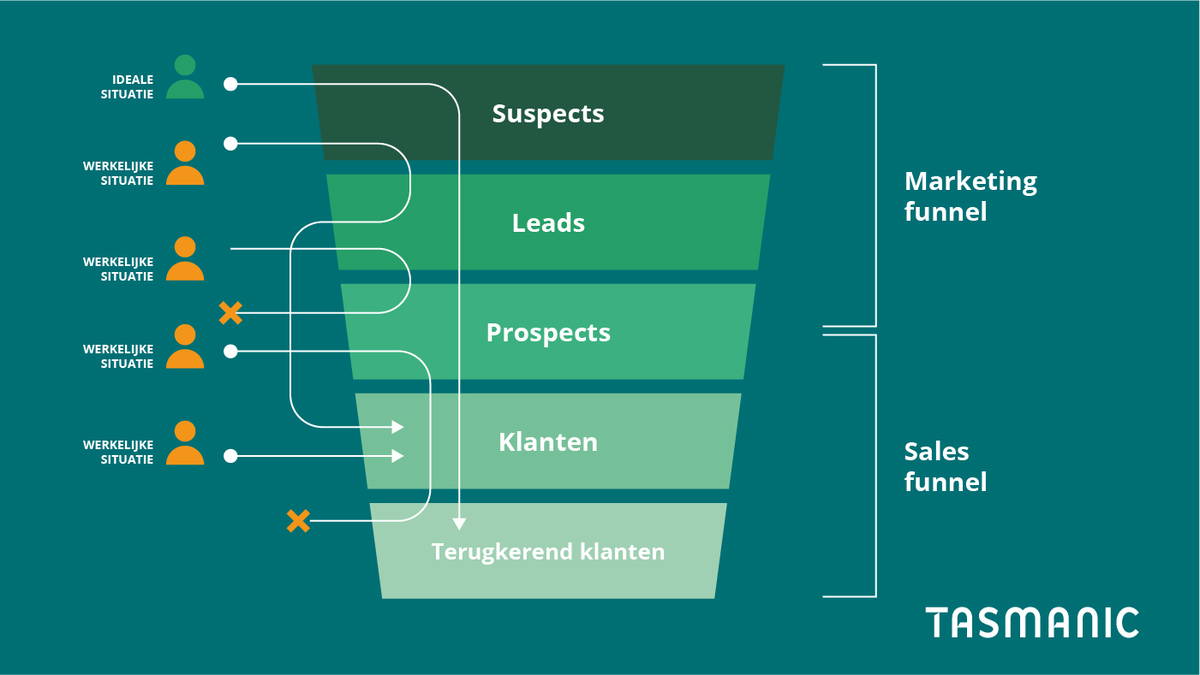
Therefore, a funnel is nothing more than a useful tool for marketers to think about a potential customer's needs at different stages of the buying process.
Lead generation techniques
There are many techniques for generating leads. These are divided into inbound and outbound.
Inbound
Inbound stands for facilitating people online so they become familiar with your company, brand, product or service. So this is about website(s), content marketing, social media and SEO. It's about being found as easily as possible and being relevant to potential leads.
Outbound
Outbound lead generation works the exact opposite way. This includes all the activities a company performs to reach people. So all forms of on- and offline advertising, PR, telemarketing, trade shows, events, etc.
Example inbound: lead generation with SEO
For SEO, most business owners look primarily at search terms that already show something of a buying intent, such as "cost business software. Instead, from a lead generation perspective, it is interesting to also look at search terms that are already used earlier in the orientation process, such as "how to automate administration," for example.
When a target audience is served with valuable information at that earlier stage, you build a good relationship faster. Visitors who find the answer to their question on your company website sign up for the newsletter to stay informed about developments. And they see, for example, what else the company has to offer.
Example outbound: lead generation with cold acquisition
Cold acquisition, approaching potential customers unsolicited, still has its value. This can be carried out, for example, through specialized telemarketing agencies. Such an agency then provides a list of seriously interested leads. Another method of cold acquisition is direct mail.
Lead Scoring
Lead scoring involves assigning a value to the actions a lead has taken. This determines how much attention a lead will receive and what communications he or she will receive. A lead who visited the website will receive a lower score than someone who leaves data, opens an email or signs up for the newsletter. Each type of action is given a value and the total determines the next step in the journey and customer journey. For example:
- A lead interested in a particular product or service is often open to white papers, blogs and webinars
- A lead considering buying a product or entering into a partnership is interested in product videos and case studies
- A lead who is ready to purchase a product or purchase a service compares products or services and looks for reviews and demos and may be amenable to an offer
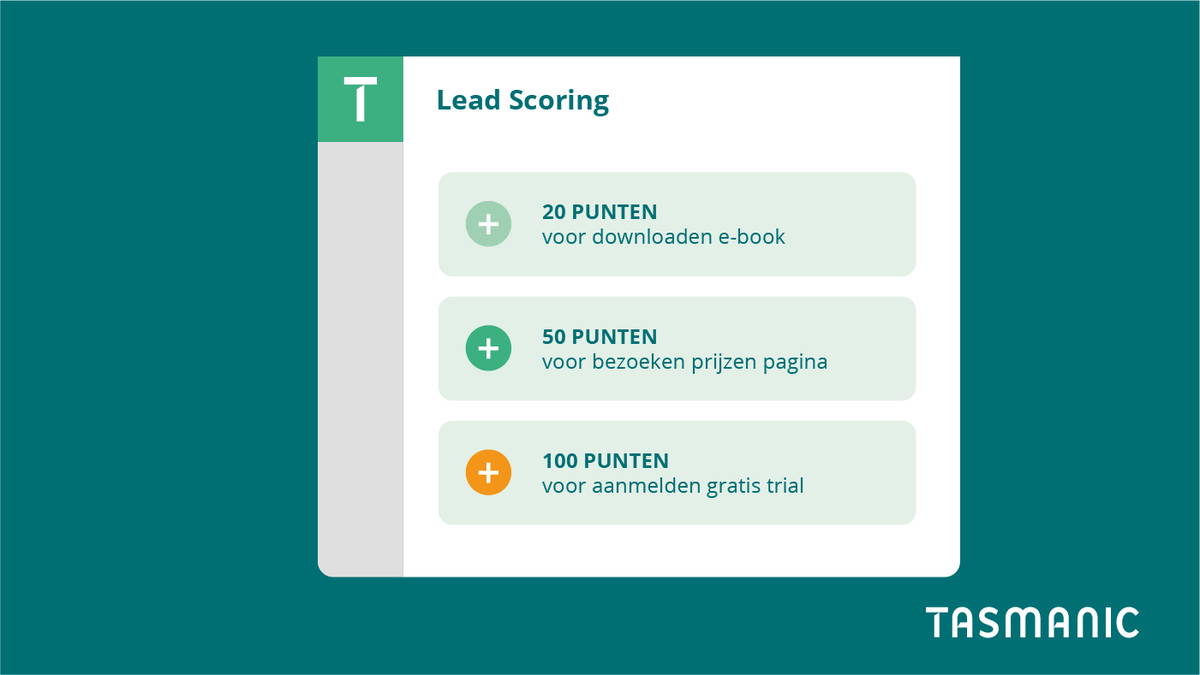
Lead nurturing & marketing automation
Once a lead is in the funnel, and lead scoring - identification and qualification - has been applied, it is time for lead nurturing. This is the process of offering increasingly appropriate communications. The goal is to build a relationship with the leads. This can be achieved by offering - preferably automatically - the right communication at the right time in the customer journey. That communication can be very versatile, from blogs, webinars, emails to e-books, events, courses, advisory calls and more. Those who get this process right have 50% more leads at 33% lower costs, according to renowned research firm Forrester Research.
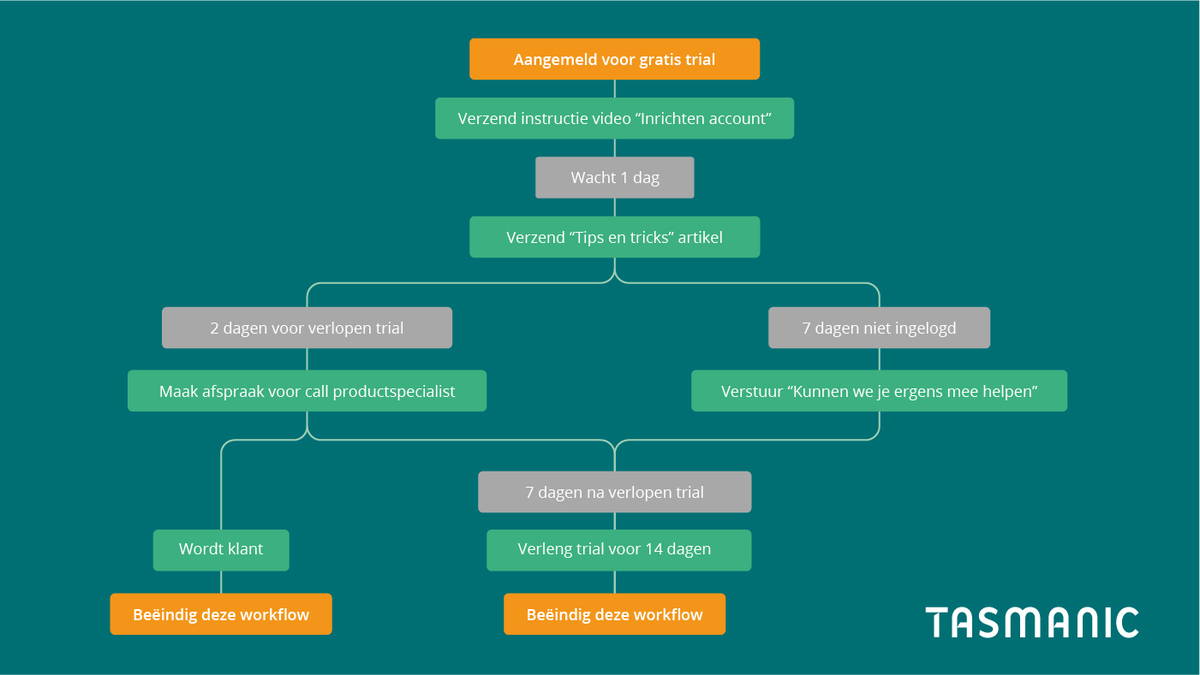
Marketing automation software
To prevent a lead from dropping out, he/she must be constantly fed relevant information. This process of lead nurturing can take place through multiple online and offline channels; from website, phone call, (e-)mailing, to trade show visits, etc. It will be clear that it is crucial to record when and how a lead has contact. So all touchpoints must be transparent. Then it is important to provide as much personalized and value-added information as possible that matches a lead's interest.
This is complex, of course, but there is smart marketing automation software like Hubspot. With this, audience analysis, lead scoring, personalization and the complete communication flow of the funnel can be automated. This process can then be continually improved based on the results.
Key learning points
- Lead generation should be top priority for b2b companies.
- Lead generation involves several stages: make sure you have something interesting to offer potential customers at each stage.
- If the number of leads becomes too large, automate the scoring and follow-up. Marketing automation software is available for this purpose.
Is your company missing opportunities?
Our pay is based on your results.



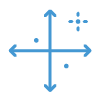









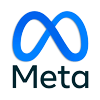

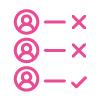
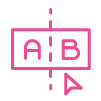
 Team
Team FAQ
FAQ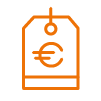 Prices
Prices Vacancies
Vacancies Contact
Contact Marketing
Marketing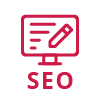 SEO
SEO SEA
SEA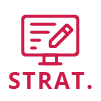 Strategy
Strategy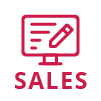 Sales
Sales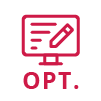 Optimization
Optimization AWR
AWR Ahrefs
Ahrefs Channable
Channable ContentKing
ContentKing Leadinfo
Leadinfo Optmyzr
Optmyzr Qooqie
Qooqie Hubspot
Hubspot Semrush
Semrush



